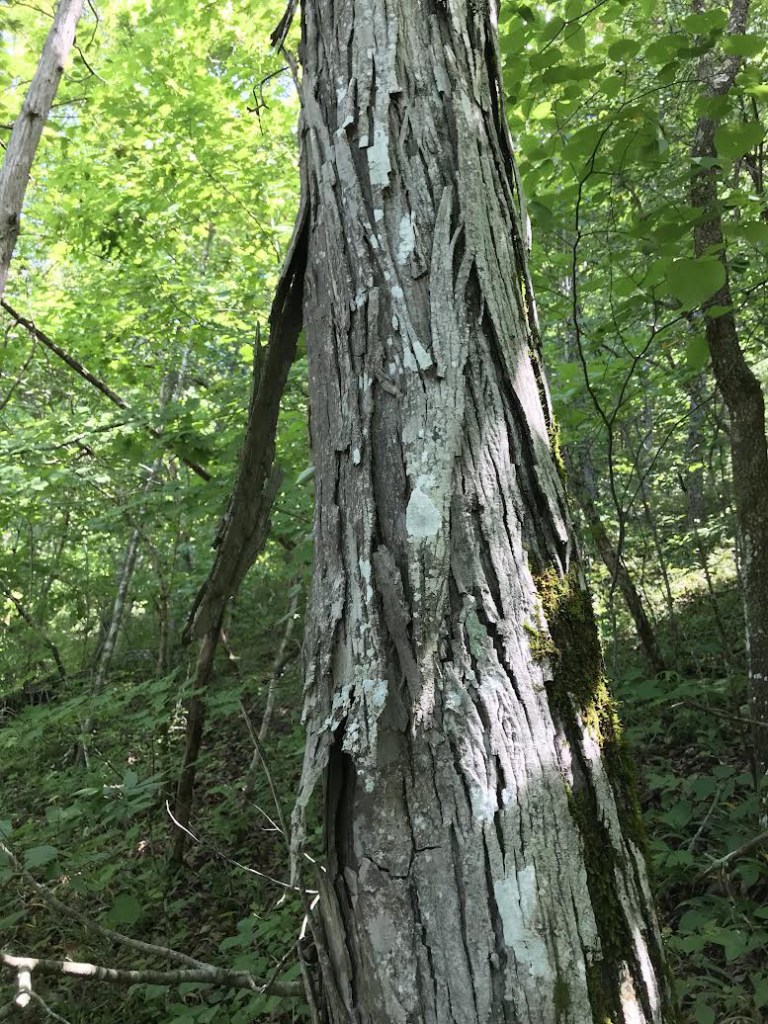The history of hickory
Published 11:13 am Tuesday, January 16, 2024

- Shagbark is one of several hickory species we have locally, and shares a long history of usefulness to humans. Photo by Steve Roark
|
Getting your Trinity Audio player ready...
|
By Steve Roark
Cumberland Gap National Historical Park
Native Americans and European pioneers were a tough bunch to be able to eke out a living in the American wilderness. Nothing symbolizes that toughness more than hickory, a common tree of great strength and versatility. It goes back a long way as a revered and useful plant.
Native Americans used hickory wood to make bows that were strong and flexible. They also used the nuts as an important food source, which they stored in great quantities for winter use. They made an oily liquid (used for cooking) from the nuts that the Algonquin Indians called “pawcohiccora”, roughly translated as “hickory milk”. This is likely how hickory got its name, and there are references from the 1600s that refer to a tree called pohickory, later shortened to just hickory.
The pioneers learned of the usefulness of hickory and expanded on it until it was a part of their everyday life. They also harvested and ate the nuts, along with black walnuts and chestnuts. They would have social events called “nut cracks”, which were sort of like quilting bees where neighbors would get together and crack out nuts while visiting and having pleasant conversation. The wood of hickory is pound for pound stronger and less brittle than steel and was used almost exclusively for tools and equipment requiring toughness, such as axe and hammer handles. It was prized for making wagon parts, especially the wheel hub, which had to endure not only a lot of stress, but friction heat as well. Every covered wagon that passed through our area heading west had hickory wheels and other components. Barrel hoops were formerly made from hickory, as was chair parts, rifle ramrods, and cabin door hinges. It was sought out for firewood for its high heat content for keeping those drafty cabins warm. And the green wood smoke of hickory was favored for curing hams. Chair bottoms were woven from hickory inner bark, where a yellow dye could also be extracted.
The toughness of hickory is reflected historically by Andrew Jackson, a Tennessee backwoodsman turned president that had the political nickname “Old Hickory”. He earned the name from his military service during the War of 1812, where he scoffed the entitlements of his rank as General and ate, drank, and slept on the ground as his men did, sharing in their hardships and earning both respect and admiration.


